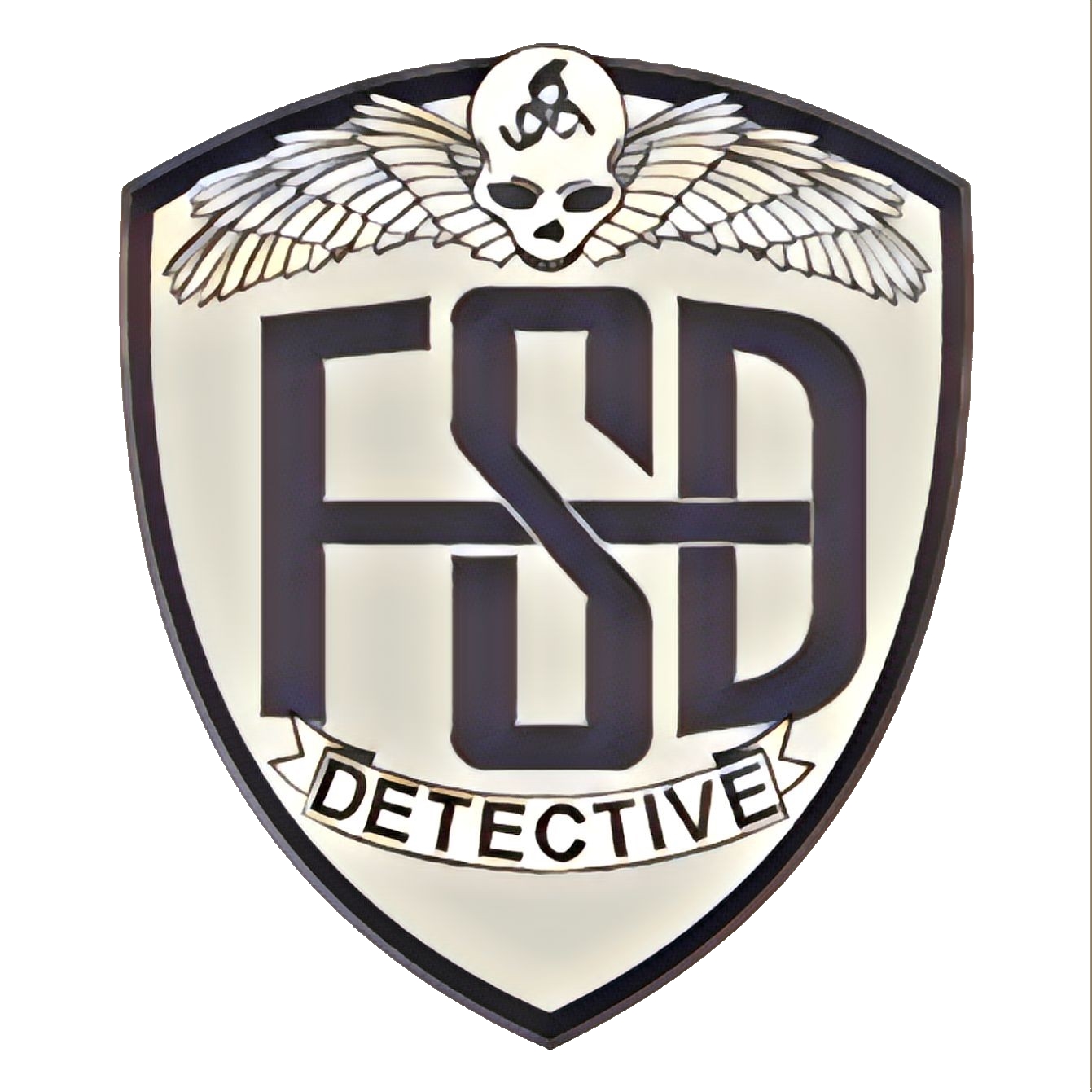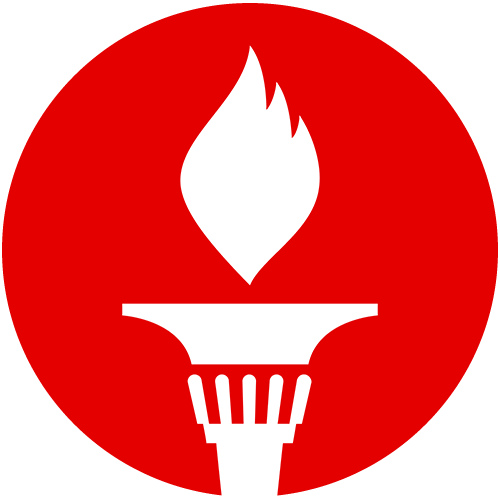When I decided I wanted to create a comic book, I had no previous experience. I began writing my story and sketching each page before it was time to write the script properly so the artist could draw the pages. The sketches really helped the artist understand my vision. He also provided me with plenty of advice which I’ll include in this article.
Before I write my scripts, I now keep in mind the following points :
- Each page (especially the pages the reader has to turn) must give the reader a reason to look at the next page. This could be a cliffhanger, or even a simple question that requires an answer. This was a unique part of writing for me and required a good deal of thought for every page.
- I reduce each part of my story, or chapter of the comic book, to a maximum of 4 pages. My introduction is only 2 pages long, but that’s enough to grab a reader's attention and that’s what it’s all about–keep it interesting.
I looked at several comic book script formats from Dark Horse, Image comics and read advice from various forums. I took all of those and now use my own format. Here is my comic book script example. I’ve included everything I need to help my artist understand what I want.
- Use a standard font throughout your comic book script. There is no need to use any other formatting.
- Just use standard upper and low case text to make it easy for the artist to copy, except for a characters name – this should be UPPERCASE.
- Underline the words that you want to emphasise.
- To indicate a pause, use three full stops.
- Semi-colons and long dashes are not used at all. Colons are rarely used.
- Remember, artists aren’t mind readers, so include everything you need in the script. There’s no limit to how much you describe for each panel.
The front page should include:
Comic Book Title
Issue #1 Issue Title
Include your name, address and contact number.
Each page can be written like this:
Page 1 (Five Panels)
Traditional panels with clear gutters. If not traditional panels, describe what you want. The artist will tell you if it’s a good idea or not. Now describe each panel in the following format. Please note there is a double space before each panel to set it apart.
Panel 1 (Wide panel / Tall panel / small panel / Half size / Third size / Slash page / Thick border / No border) Describe the panel.
What’s happening? What’s the character doing? Close up on face, eyes, etc. Which direction are they facing, moving, etc. What are their motivations? What’s happening in the background? Action behind characters. What time of day is it?
CAP 1 (Shape / size / style)
Describe the caption. What do you want in the caption? Location name. Narration.
CHARACTERS NAME (INNER DIALOGUE / THOUGHT / WHISPER / SMALL / BURST / WEAK / SHOUT)
Dialogue here.
List your characters in the order in which they speak. That includes captions and sound effects. Number them if that makes it easier to understand.
OTHER CHARACTERS NAME (OFF PANEL (OP) )
Dialogue here.
SFX () UMPH! / KNOCK KNOCK / ZAP / SHHHH / WHAP





